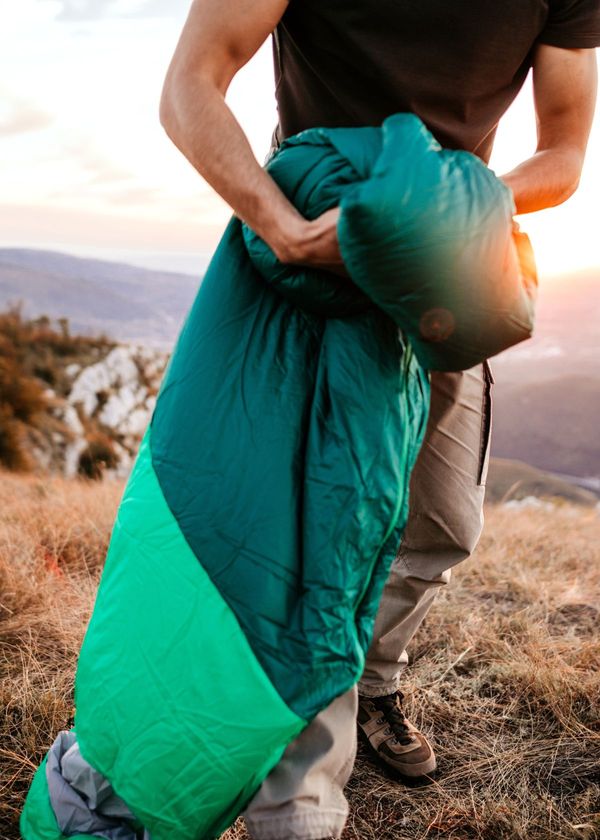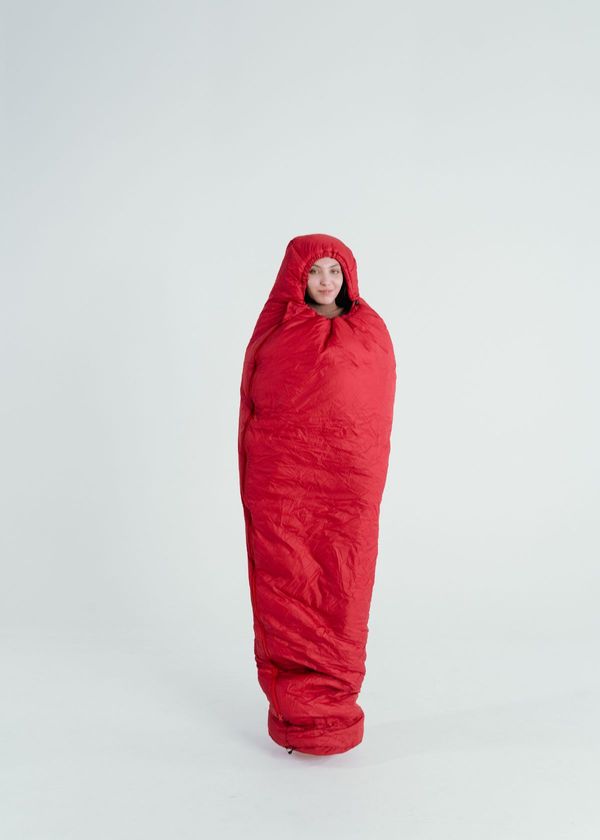Pocket knives are one of the most versatile and indispensable tools you can carry. They are great for everyday use and perfect for a wide range of activities, from opening packages to cutting food to whittling sticks.
But when it comes to air travel, many people wonder if they can bring their trusty pocket knife with them. The answer is not as straightforward as you might think. The rules surrounding what you can and cannot bring on a plane have changed over the years and can vary from country to country.
In this article, we'll take a closer look at what you need to know about carrying a pocket knife on a plane and help you make informed decisions about what to bring with you on your next flight. Whether you're a seasoned traveler or a first-time flier, it's important to be prepared and understand the guidelines for carrying a pocket knife on a plane.
Types of Pocket Knives
Pocket knives have been a staple tool for outdoor enthusiasts, craftsmen, and everyday carry enthusiasts for centuries. With a wide variety of round-bladed butter knives style, handle materials, and locking mechanisms, choosing the right pocket knife can be overwhelming.
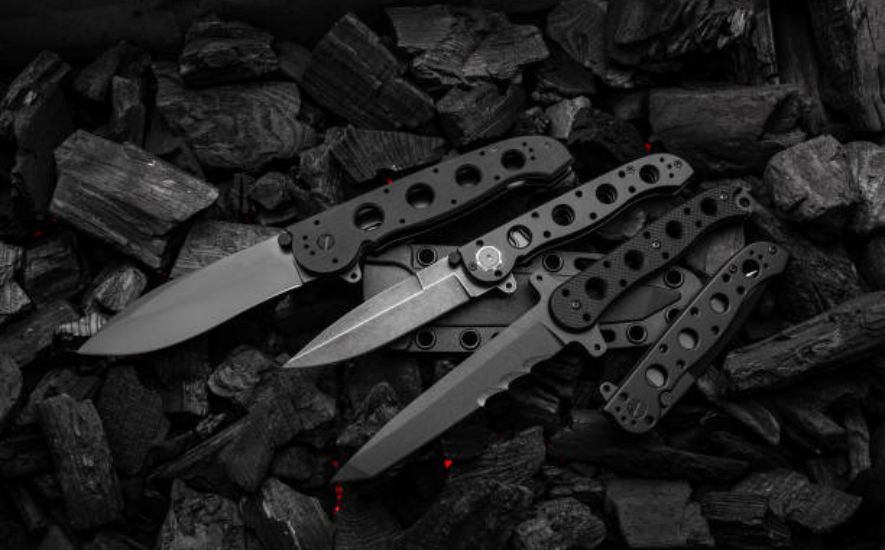
Folding Knives
The most common type of pocket knife, folding knives, are compact and easy to carry. They feature a blade that folds into the handle, making them safe and convenient to carry in your pocket. They come in various blade styles, including drop point, clip point, and spey point, to name a few. Folding knives are great for everyday carry, camping, and light-duty tasks.
Locking Knives
Locking knives are similar to folding knives but with the added security of a locking mechanism that keeps the blade locked in place when opened. This added security makes them ideal for heavy-duty tasks and activities where a blade may be heavily used or abused. Popular types of locking knives include the liner lock, back lock, and frame lock.
Fixed Blade Knives
As the name suggests, fixed-blade knives feature a blade that is fixed into the handle and does not fold. They are sturdier and more durable than folding knives, making them ideal for heavy-duty tasks such as hunting, survival, and camping. Fixed-blade knives come in various blade styles and lengths, from small neck knives to large survival knives.
Multi-tool Knives
Multi-tool knives are pocket knives that come equipped with a variety of tools, such as pliers, screwdrivers, and saws. They are ideal for those who need various tools on hand but don't want to carry multiple items. They are popular among campers, hikers, and DIY enthusiasts.
Swiss Army Knives
Swiss Army Knife is a type of multi-tool knife that originated in Switzerland. They are known for their compact size and variety of useful tools, including blades, saws, scissors, and can openers. They are popular among outdoor enthusiasts, travelers, and those needing a compact and versatile tool.
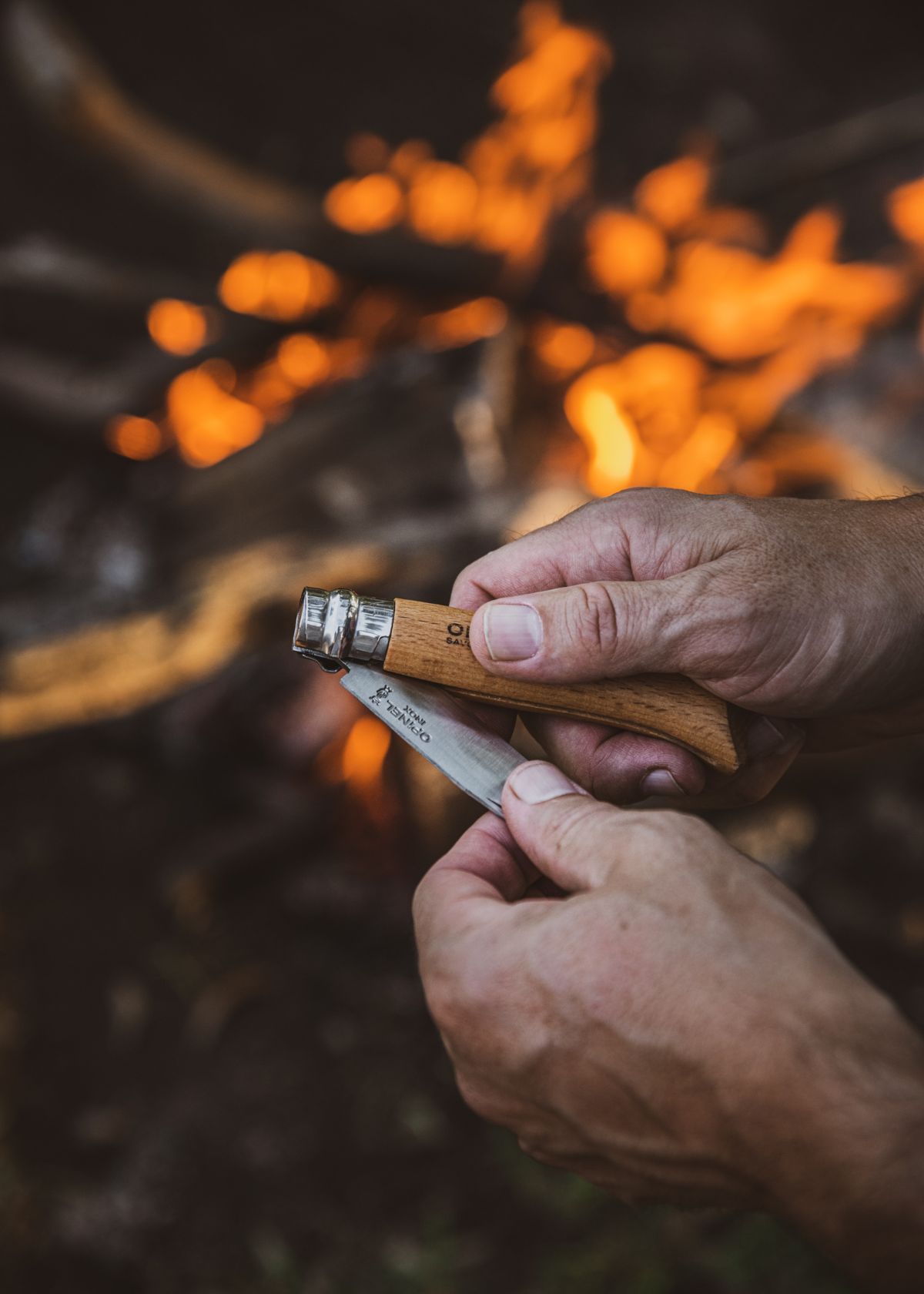
TSA Regulations for Pocket Knives
Traveling with pocket knives remains to be a confusing experience, especially with the constantly changing regulations set by the Transportation Security Administration (TSA).
Whether you're a frequent flyer or just planning a once-in-a-lifetime trip, you must be informed about the current rules and guidelines for carrying pocket knives on board.
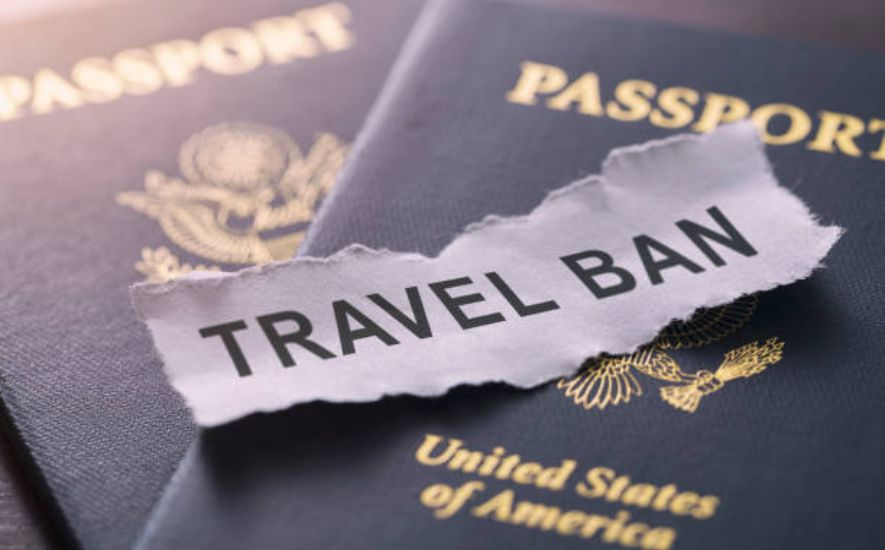
Carry-on vs. Checked Bags
One of the first things to understand about TSA regulations for pocket knives is the difference between what you can bring in your carry-on versus what you can pack in your checked baggage.
In general, pocket knives are allowed in checked bags, but they are typically not permitted in carry-on bags. However, it's important to note that there are exceptions to this rule, and it's always a good idea to double-check the TSA website before traveling.
Prohibited Knives
Not all pocket knives are allowed in checked bags, and the TSA outright prohibits certain types of knives. These include knives with locking blades, blades longer than 2.36 inches, and any knives that have a molded grip or that can be used as a weapon. If you're unsure about whether your knife is allowed, it's best to leave it at home.
Allowable Knives
While some pocket knives are prohibited, many are still allowed in checked baggage. For example, folding knives with blades shorter than 2.36 inches are generally permitted, as are rounded-tip scissors and other similar tools. However, it's important to remember that the TSA reserves the right to confiscate any item that they determine poses a security risk.
Packaging and Carrying Pocket Knives
From hunting and fishing to everyday tasks, pocket knives have always been a go-to tool for various activities.
But as much as they are convenient, they can be a hassle to carry around, especially when it comes to packaging and transporting them.
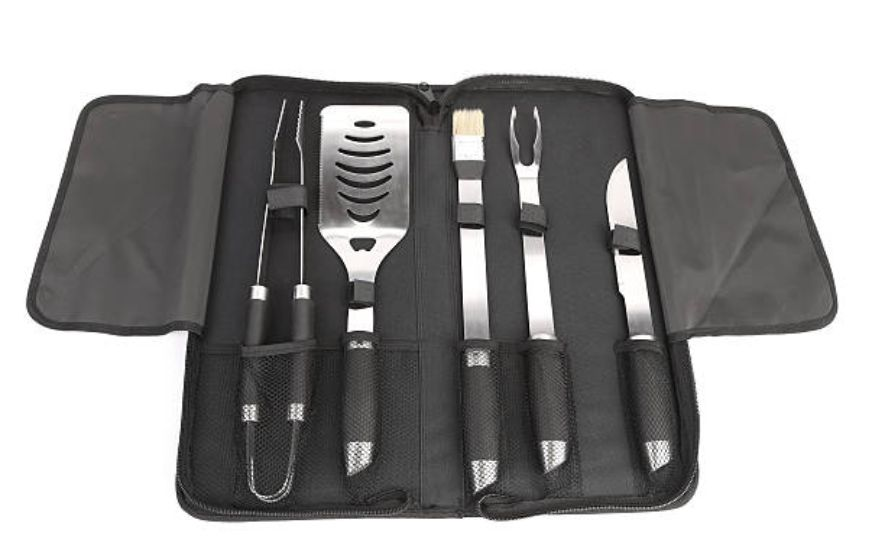
Importance of Packaging and Carrying Pocket Knives
A. Safety: Pocket knives are sharp objects tool that can cause serious harm if not handled correctly. Proper packaging and carrying pocket knives will ensure you don't accidentally hurt yourself or others.
B. Protecting the Knife: Packaging and carrying your pocket knife correctly will protect the knife from damage, wear, and tear. This will extend the life of your knife and keep it in top condition for years to come.
C. Convenience: When you carry your pocket knife in a proper case or sheath, it will be easy to access and convenient to use. You won't have to worry about losing or damaging your knife, and you can use it whenever you need it.
Packaging Options
A. Knife Sheaths: Knife sheaths are the most traditional and common way to carry pocket knives. They are designed to fit the knife securely and provide protection from the elements. Knife sheaths can be made from leather, nylon, or other materials and come in a variety of sizes and styles to suit different needs.
B. Knife Cases: Knife cases are great for transporting your pocket knife. They offer a higher level of protection than knife sheaths and are ideal for travel or storage. Knife cases can be made from a range of materials, including leather, metal, and plastic butter knife. They come in a variety of sizes and styles to accommodate different knife models.
C. Knife Rolls: Knife rolls are convenient for transporting multiple small knives in one compact package. They are made from durable materials, such as canvas or leather, and feature pockets or slots for each knife. Knife rolls are ideal for professional chefs or anyone who needs to carry multiple knives.
Carrying Considerations
A. Local Laws and Regulations: Before carrying your pocket knife, make sure you are aware of local laws and regulations regarding knives. Some places may have restrictions on the size and type of knife you can carry, so be sure to check before you travel.
B. Personal Safety: When carrying your pocket knife, make sure it is securely stored and won't accidentally cause harm. Knife sheaths and cases should fit the knife snugly, and knife rolls should be closed and secured to prevent any knives from slipping out.
C. Accessibility: Make sure that you can easily access your knife when you need it. If you carry your knife in a sheath or case, be sure it is within reach and can be quickly opened. If you carry your knife in a knife roll, make sure it is easily accessible and won't get tangled or damaged in transit.
Exceptions for Pocket Knives
The laws regulating the carrying and usage of pocket knives can vary greatly depending on the state or country. In this guide, we will delve into the exceptions and regulations that surround pocket knives and give you a clear understanding of when and where you can carry these versatile tools.
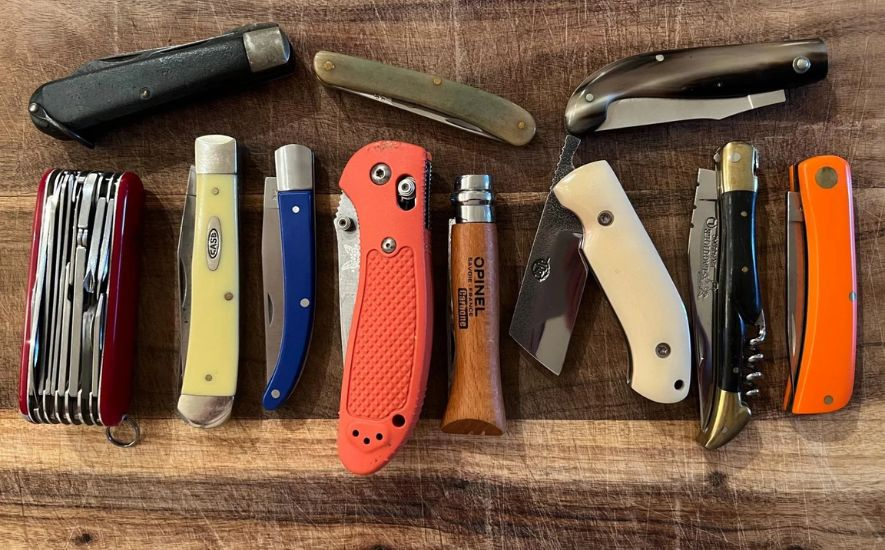
State Regulations
A. Legal blade length: Different states have different laws regarding the maximum legal blade length for pocket knives. For example, the legal blade length in New York is 4 inches, while in California, it is 2 inches. It is important to check your state's specific laws before carrying a pocket knife.
B. Concealed vs. Open Carry: Some states have laws that distinguish between concealed carry and open carry of pocket knives. In some states, it is legal to carry a pocket knife openly but illegal to conceal it, while in others, the opposite is true. It is important to familiarize yourself with the laws of your state before carrying a pocket knife.
C. Exceptions for specific individuals: Certain individuals, such as law enforcement officers and members of the military, may have exceptions to the laws regulating pocket knives. It is important to understand these exceptions and how they apply to you.
Federal Regulations
A. TSA Regulations: The Transportation Security Administration (TSA) has specific regulations regarding carrying pocket knives on airplanes. While small pocket knives are now allowed in checked-in bags, blades longer than 2.36 inches are still prohibited.
B. Postal Service Regulations: The United States Postal Service (USPS) has specific regulations regarding mailing pocket knives. It is important to familiarize yourself with these regulations before sending a pocket knife through the mail.
International Regulations
A. Import/Export Regulations: Different countries have different laws regarding the import and export of pocket knives. It is important to understand these regulations before traveling with a pocket knife or shipping one internationally.
B. Country-Specific Regulations: In some countries, such as the United Kingdom and Australia, the laws regulating pocket knives are much stricter than in the United States. It is important to familiarize yourself with the specific laws of the country you are in before carrying a pocket knife.
Alternatives to Pocket Knives
As technology advances, new and innovative alternatives to traditional pocket knives are emerging, offering a wider range of capabilities in a compact and convenient form.
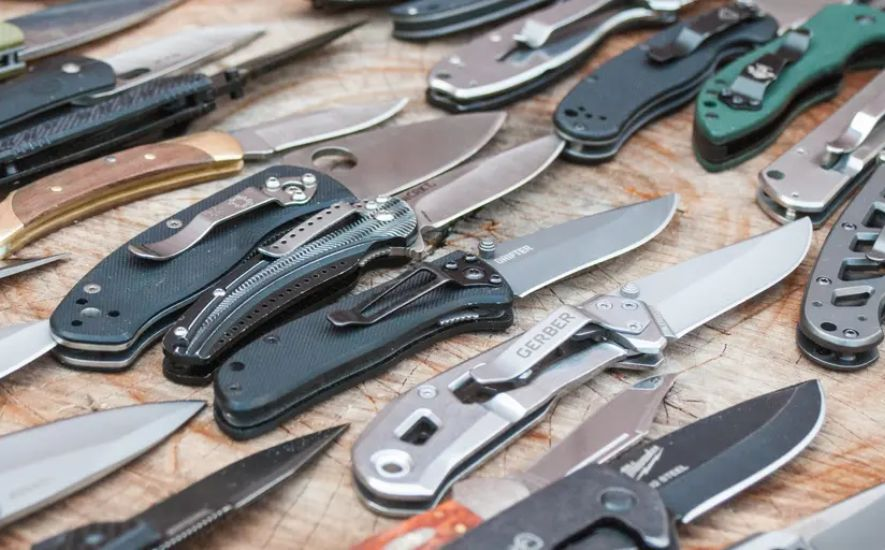
Keychain Multitool
These compact, lightweight tools attach to your keychain or bag for easy access. They usually feature a variety of basic tools, such as a bottle opener, screwdrivers, and a knife blade. Keychain multitools are a great option for those who want a minimal, portable solution for everyday tasks.
Multi-Purpose Tools
As the name suggests, these tools offer a wider range of capabilities, including pliers, wire or box cutters, saws, and screwdrivers. They are a great choice for outdoor activities and home improvement projects, as they provide a convenient way to carry a variety of tools in one compact package.
Folding Plier Tools
These are similar to multi-purpose tools but with a focus on pliers as the primary tool. They are ideal for fishing, hunting, and camping, as they offer a range of tools specifically designed for these activities. They are also great for repair work, as the pliers can be used for gripping and cutting wire.
Fixed Blade Knives
Fixed-blade knives are a great option for those who prefer a more traditional cutting tool. They offer a strong, durable blade ideal for heavy-duty tasks, such as chopping wood or preparing food outdoors. Unlike folding knives, fixed-blade knives do not have a hinge, making them more stable and less prone to breaking.

Airline-Specific Regulations for Pocket Knives
Flying with a pocket knife in your carry-on or checked baggage can be a tricky business. With various regulations and policies in place, it's easy to get confused about what's allowed and what's not.
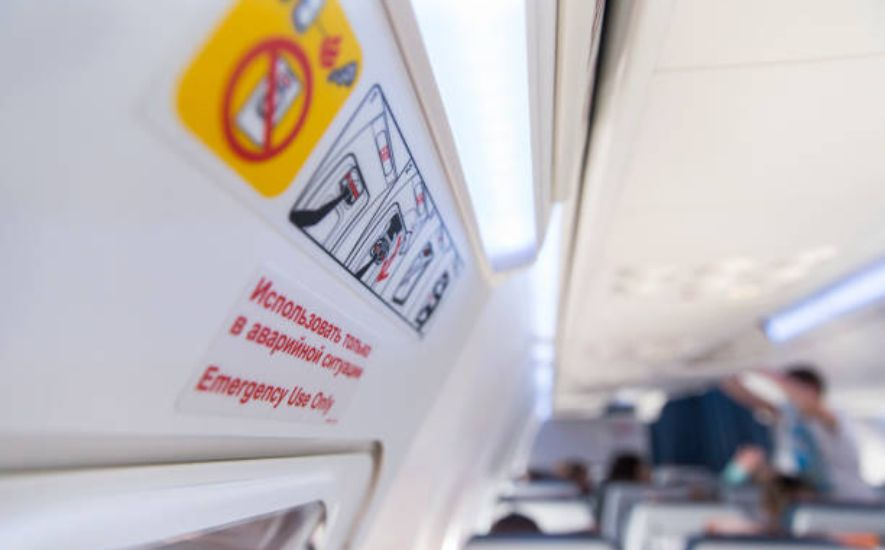
FAA Regulations
The Federal Aviation Administration (FAA) sets the guidelines for the transportation of pocket knives on airplanes in the US.
According to the FAA, pocket knives are considered to be dangerous weapons and are therefore prohibited from being carried on board an aircraft in your carry-on luggage. However, they may be included in your checked baggage as long as they meet the airline's size and weight restrictions.
Airline Policies
While the FAA provides a basic framework, each airline is free to establish its own policies and restrictions. Some airlines may carry pocket knives in checked baggage, while others may prohibit them entirely. It's important to check with your airline before travel to ensure that you comply with their regulations.
Frequently Asked Questions (FAQs)
In this article, we'll answer the most frequently asked questions on this topic. Read on to learn everything you need to know about bringing pocket knives on a plane.
What size pocket knife can you carry on a plane?
According to TSA regulations, pocket knives are not allowed in carry-on bags, but they can be packed in checked baggage. It's important to ensure that the knife is properly sheathed or securely wrapped to prevent injury to baggage handlers and inspectors.
Additionally, it's always a good idea to check with local law enforcement and airline-specific policies before traveling with a pocket knife. Remember that the final decision on whether an item is allowed through the checkpoint rests with the TSA officer.
What happens if TSA finds a pocket knife?
If TSA (Transportation Security Administration) finds a pocket knife during a security screening, they will most likely confiscate the item. Pocket knives are prohibited and not allowed in carry-on bags or on your person when going through TSA security checkpoints.
Passengers who bring prohibited items to the checkpoint may dispose of them, return them to their vehicle, or ship them to their destination. The passenger may face arrest and fines if the item is a prohibited weapon. It is always a good idea to check the TSA website before traveling to determine what items are allowed in carry-on and checked bags.
What kind of knife can you take on a plane?
In general, you can take a knife in your checked baggage, but it is not allowed in your carry-on bag. The knife must be sheathed or securely wrapped to prevent injury to baggage handlers and inspectors.
The TSA permits certain types of knives, including most types of kitchen knives and Swiss Army knives, in checked baggage. However, knives with blades that lock or that are classified as "weapons" are prohibited from being brought on board.
Checking with local law enforcement and airline-specific policies is always a good idea before traveling with a knife.
Can you bring a pocket knife through customs?
Bringing a pocket knife through customs depends on the specific regulations of the country you travel to. In general, most countries have their own customs, regulations, and rules regarding what items can and cannot be brought into the country.
It's important to check the customs regulations of the country you are traveling to and ensure that the pocket knife is allowed to be brought into the country. If in doubt, it's best to declare the knife to customs officials upon arrival and allow them to make a determination.
Failure to declare items that are not allowed to be brought into a country can result in fines, confiscation of the item, or even legal action.
Conclusion
In conclusion, if you're wondering if you can bring a pocket knife on a plane, the answer is that it depends on where you pack it. While pocket knives are not allowed in carry-on luggage due to security concerns, they can be brought into your checked baggage if properly packaged.
However, it's important to keep in mind that different airlines may have varying regulations and restrictions, so it's always a good idea to check with your carrier before traveling with a pocket knife.
At the end of the day, it's better to be safe than sorry, and leaving your pocket knife at home or in your checked baggage can help you avoid any unexpected issues at the airport.







